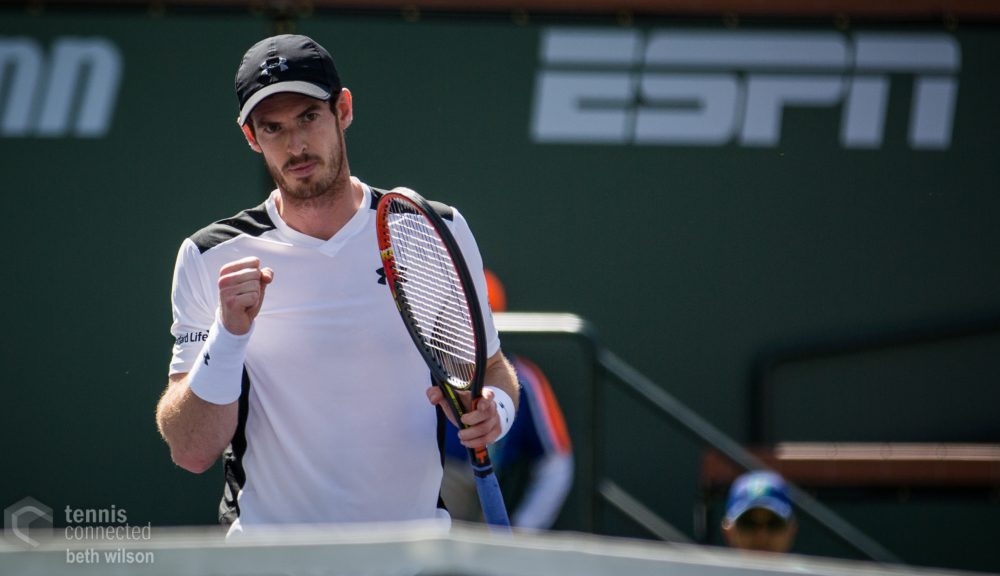Having reached the final of the Australian Open five times but never winning it, it seemed somehow appropriate that Andy Murray decided to take an extended end of season break from tennis in order to concentrate all his efforts on achieving peak physical fitness for January’s first Grand Slam of the new campaign.
Although Australian Open odds have Murray behind the usual suspects of Djokovic, Federer, Nadal, and even the recent ATP Finals winner Alexander Zverev, the Scot’s determination to overcome the injury nightmares he was forced to endure in 2018, coupled with his undoubted class as a player, mean he will always be considered a contender when it comes to Grand Slam events.
The question is, realistically, what can we expect from Andy Murray when the Australian Open rolls around in a few weeks’ time? Given the fact that the former Wimbledon and US Open champion’s playing time was so reduced last season, missing out on three out of four Grand Slam events as well as the ATP Finals, can Murray really be expected to match his prior heights in 2019, or indeed ever again?
Those who would write off Murray from ever competing for major titles again would be ignoring the man’s fierce and dogged determination. He has never been one to shy away from a challenge, and having to watch most of last season’s action from his armchair will have only birthed a stronger resolve in Murray to get back to the top.
Make no mistake, the 31 year-old will have been devastated having to withdraw from Wimbledon on the eve of the tournament last year, seeing Novak Djokovic lift the trophy he will always feel should be his. If that does not awaken a fire in Murray’s belly, then nothing will. When the Australian Open gets underway, he will no doubt have a strong craving for silverware.
Lesser players would have seen their careers finished off for good by the injury setbacks Murray has faced. Hip surgery can be debilitating to the body in the long run, and one only needed to watch the Scot in action at Queens last June to see that Murray was someway short of his best.
In terms of his prospects for the Australian Open, it all comes down to whether power of will can trump the physical limitations of the body. Physically, Murray can surely no longer attain the levels he once reached. But perhaps there are other ways for a tennis player to preserve their position among the elite. Maybe Murray will be forced to adapt his style, to hone a more tactical, finessed version of his game to offset the possible downturn in power and speed.
In the modern game, it often seems as though force and speed are everything, but if Roger Federer’s longevity at the top of sport has proved anything it’s that they are not the only defining factors — that willful determination carries a lot of weight. It’s that kind of mental fortitude and self-belief that Murray must aspire to if he is to achieve any semblance of success in Melbourne, to cling to the long-held ideal that class is permanent.














